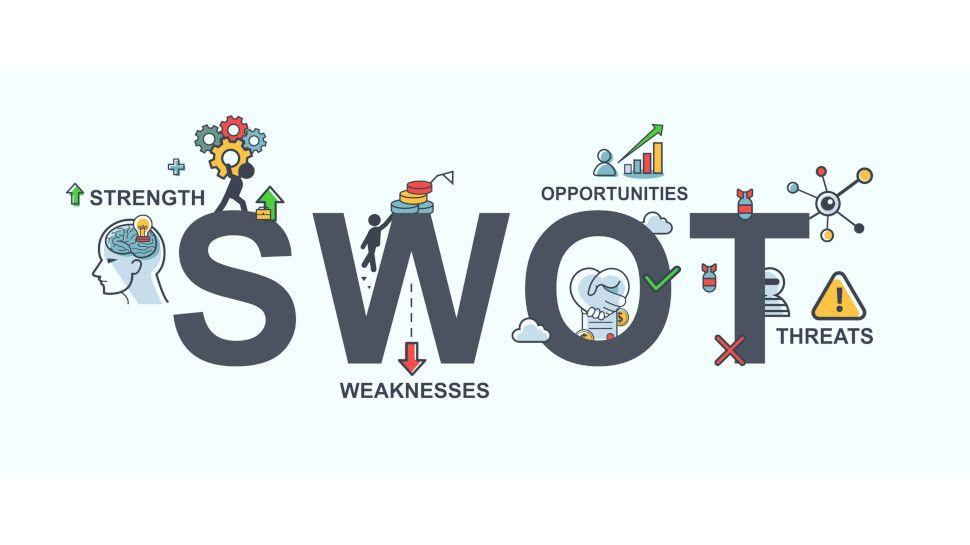In the fast-paced world of logistics, transport, and shipping, companies must navigate a sea of opportunities and challenges to stay ahead of the curve. SWOT analysis is a powerful tool that can help businesses assess their strengths, weaknesses, opportunities, and threats in this dynamic industry. By leveraging this strategic framework, organizations can make informed decisions, optimize their operations, and ultimately sail towards success. Let’s delve deeper into how SWOT analysis can transform the logistics, transport, and shipping sectors.
Identifying Strengths in Logistics Operations
In analyzing the strengths of logistics operations, it is crucial to conduct a SWOT analysis that focuses on the internal factors within the transportation and shipping industry. By identifying these strengths, businesses can capitalize on their competitive advantages and improve overall efficiency.
One of the key strengths in logistics operations is a well-established network of transportation routes, allowing for seamless delivery of goods to various locations. This extensive network enables companies to reach customers in a timely manner, enhancing customer satisfaction and loyalty. Additionally, advanced technology and automation in logistics operations play a significant role in streamlining processes and increasing productivity.

Leveraging Opportunities for Transport Efficiency
When it comes to optimizing transport efficiency in the logistics and shipping industry, conducting a SWOT analysis can provide valuable insights into the current state of the operation. By identifying the Strengths, Weaknesses, Opportunities, and Threats of the transportation process, companies can develop strategic plans to leverage their strengths and address areas of improvement.
One of the key strengths in transport efficiency may include a well-established network of shipping routes, efficient distribution centers, and advanced tracking technology. On the other hand, weaknesses such as outdated infrastructure, lack of real-time visibility, or inefficient loading and unloading processes can hinder overall efficiency. By identifying and addressing these weaknesses, companies can capitalize on opportunities to streamline operations, reduce costs, and enhance customer satisfaction.
| Strengths | Well-established shipping routes |
|---|---|
| Weaknesses | Outdated infrastructure |
| Opportunities | Implement real-time visibility technology |
| Threats | Competition from other transport providers |

Addressing Weaknesses in Shipping Practices
When it comes to improving shipping practices, conducting a SWOT analysis can be a valuable tool. By identifying the strengths, weaknesses, opportunities, and threats of your logistics and transport operations, you can gain insight into areas that require improvement. is essential for optimizing efficiency, reducing costs, and enhancing customer satisfaction.
One common weakness in shipping practices is a lack of communication between different departments or stakeholders involved in the process. This can lead to delays, errors, and inefficiencies. Implementing a streamlined communication system, utilizing technology such as ERP or TMS systems, and providing training on effective communication strategies can help address this weakness. Additionally, investing in employee development and ensuring they have the necessary skills and knowledge can further improve shipping practices.

Mitigating Threats to Supply Chain Resilience
When it comes to , conducting a SWOT analysis can be a powerful tool for logistics, transport, and shipping companies. This analysis involves identifying the Strengths, Weaknesses, Opportunities, and Threats facing the organization in terms of its supply chain operations. By understanding these factors, companies can better strategize and make informed decisions to enhance their supply chain resilience.
Strengths may include a strong network of suppliers or efficient transportation systems, while weaknesses could be poor inventory management or reliance on a single transportation mode. Opportunities might involve expanding into new markets or implementing innovative technologies, while threats could come from natural disasters or geopolitical instability. By addressing these factors through the SWOT analysis, companies can develop proactive measures to strengthen their supply chain resilience and minimize the impact of potential disruptions.
In Summary
In conclusion, SWOT analysis is a powerful tool for companies in the logistics, transport, and shipping industry to assess their strengths, weaknesses, opportunities, and threats. By identifying these factors, businesses can make informed decisions and develop effective strategies to stay competitive in the ever-evolving landscape of transportation and shipping. Remember, success in this industry requires constant evaluation and adaptation to ensure long-term success. So, next time you’re faced with a strategic decision, don’t forget to conduct a SWOT analysis to steer your business in the right direction.
